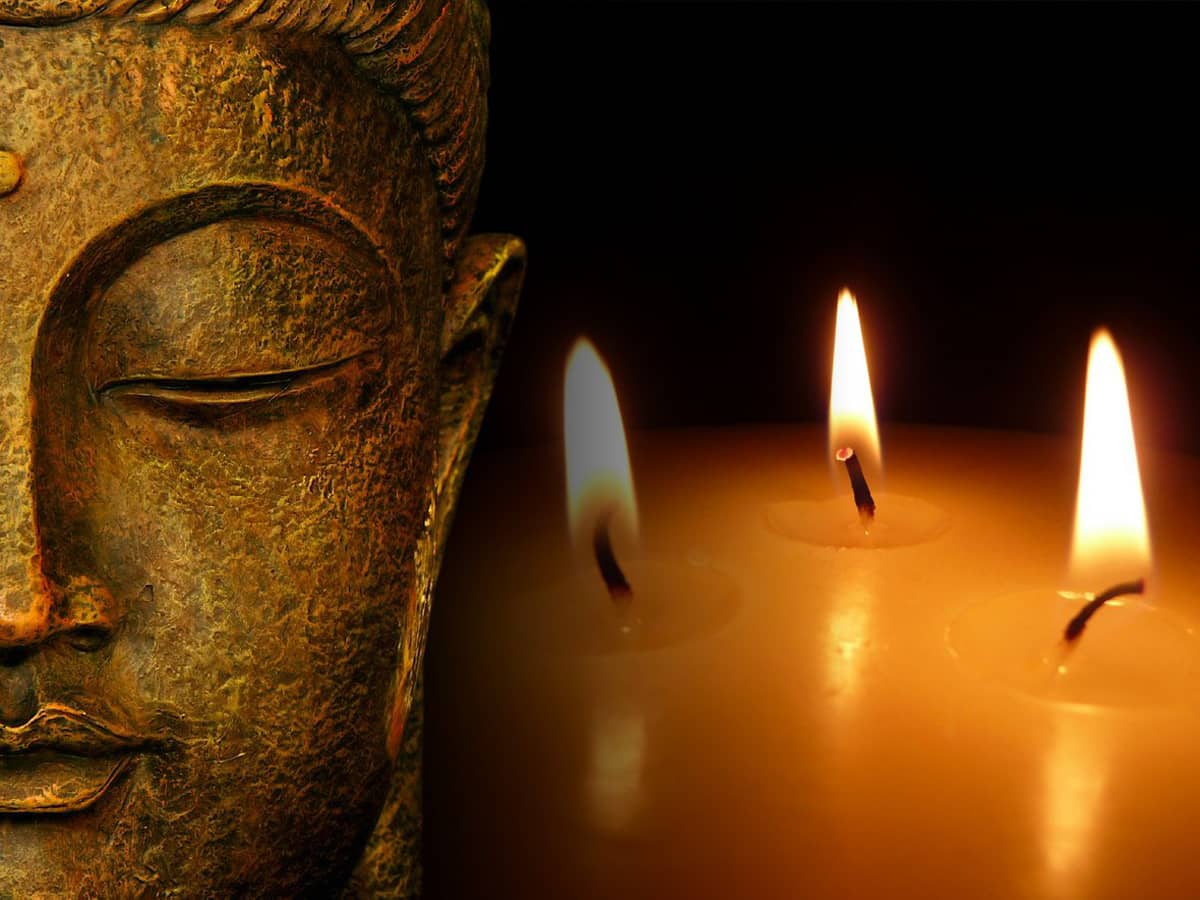Becky Heggelund's willingness to bury the seven Torahs of Congregation Beth Israel lifted a huge load of anxiety from the members of the 102-year-old Orthodox congregation, the synagogue's leaders said.
"She was the only one we could find to step in on our behalf. Her respect for our faith and our tradition was just a beautiful tribute," said congregation President Jackie Gothard.
It meant that they did not have to worry about their old Torahs Thursday (Oct. 13) when they gathered to observe Yom Kippur in a donated hotel in Kenner, La. The service was led by a rabbi dispatched from New York with his own Torah.
A self-described unaffiliated Christian, Heggelund worked as a secretary at Beth Israel for eight years during the 1990s, she said.
She bonded emotionally to the congregation and its members, attending many of their weddings and funerals. "I learned to love the religion and the basis for it," she said, adding that she came to understand its rituals and values, including Jewish reverence for the Torah.
The Torah is the center of Jewish life and law, and in the Orthodox tradition the exact record of God's own words. As a result, the handwritten scrolls containing the first five books of the Bible are any community's most precious possessions.
Their construction, repair and handling are surrounded by a ritual of veneration.
"We don't worship idols, and we don't have icons or relics," Gothard said. "But the closest thing we do have is the Torah scroll."
Torahs are ritually produced on parchment only by specially trained scribes. The Hebrew calligraphy is precise and must be flawless. Rigorous tradition dictates how the sections of parchment are joined. Tradition also dictates how letters and words can be repaired after decades of use at weekly synagogue prayer.
And tradition prescribes that at the end of their usefulness, they must be ritually buried in a cemetery among deceased Jews.
That was not possible shortly after Katrina struck the city. In fact, it is not possible yet.
Like other Katrina evacuees, members of Beth Israel scattered through Louisiana and Texas.
They left their seven Torahs behind in the temple's ark. Most were over a century old. Some had been with the congregation since its founding, Gothard said.
"We evacuated with no idea what the extent of this would be," she said. "We were like everybody else. We figured we'd be gone two or three days, we'd come back, clean up, that would be it."
But for weeks after Katrina, there was no returning to Beth Israel, located less than a half-mile from the infamous breach in the 17th Street Canal. The synagogue was filled with 8 feet of water.
About two weeks after the storm, Gothard received word that the scrolls had been rescued from the temple by Isaac Leider of ZAKA, a New York-based Jewish rescue and recovery organization.
Leider was prepared to take them to Baton Rouge, but Gothard wanted to keep them closer. Heggelund was the only person around New Orleans that Gothard could find who would be likely to know how to treat the scrolls, Gothard said.
In fact, the animal-skin scrolls, precious though they were, had melted after two weeks immersion in a foul mess. Five had disintegrated into formless goo. Two others were clearly beyond repair," Heggelund said.
"It was very painful, because I knew how precious these were. But by this time, they were also biohazards. You know the smell coming out of everybody's refrigerators? That's what this smelled like."
Heggelund removed their velvet covers, the silver crowns atop the wooden spindles, the decorative silver breastplates and pointers. She cleaned those items and put them away for safekeeping.
To keep the scrolls from touching the ground, she laid them on a vinyl tablecloth on her backyard deck and dug a huge hole, 6 feet by 6 feet by 4 feet deep, she said.
She wrapped the scrolls in the tablecloth, bundled that into a vinyl barbecue grill cover as a makeshift shroud, then filled the pit with dirt.
They remain there.
In time, they will be retrieved and disposed of properly in a Jewish cemetery, according to Jewish tradition, Gothard said.
That would be after Yom Kippur, observed in a hotel donated by friends of Gothard's -- Kent and Ken Patel. They are Hindu. "Isn't this whole thing amazing?" asked Gothard's husband, Sol.
| _Related Features | |
|
|
 |

